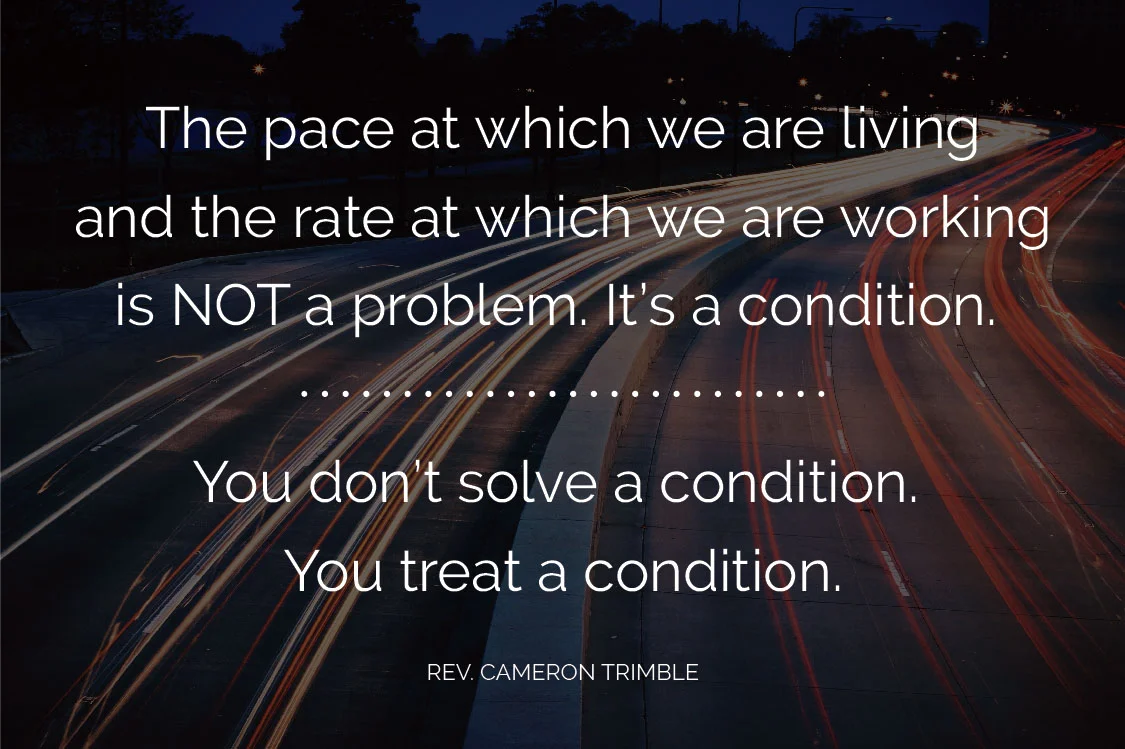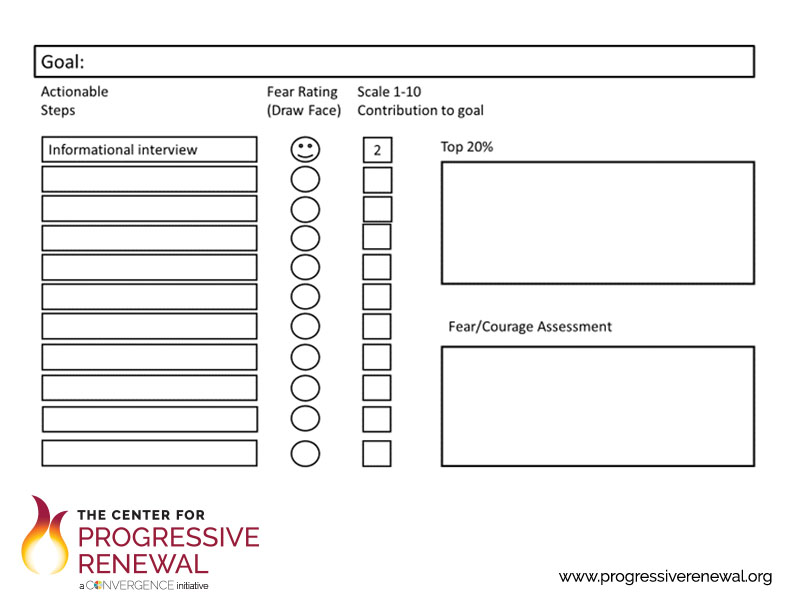“I have too many things on my list at work. I can’t possibly get it all done!” my coaching client said to me this week. So did a different client last week. And the week before that. It’s a condition of our modern life. We are all too busy for our own good.
To deal with this, we tend to treat the challenge as if its a problem to be fixed. We think, “If I am just more disciplined with my time or used a better organizing software or had an assistant to manage the chaos…”

While all of those tools might help, they won’t solve the problem because the pace at which we are living and the rate at which we are working is NOT a problem. It’s a condition. You don’t solve a condition. You treat a condition. Treatment happens over time and is designed to alleviate the anxiety or pain produced by the condition. The goal isn’t always to make it go away; often that isn’t a possibility. Treating a condition means that you intervene so that you can live with it. In the best possible world, you are made better because of it.
Because the demands on our time are not lessening anytime in the near future, we need to find ways to treat the conditions of overwhelm, overstimulation, anxiety and long hours while also maintaining our productivity. We can do that a number of ways; finding the interventions that work for you is key.
Duncan Haughey writes, “Pareto Analysis is a statistical technique in decision-making used for the selection of a limited number of tasks that produce a significant overall effect. It uses the Pareto Principle (also known as the 80/20 rule) the idea that by doing 20% of the work you can generate 80% of the benefit of doing the entire job.”
What if you spent time considering what 20% of your work makes 80% of the impact…and then let the rest go?
I use the chart below when I am feeling particularly stuck on the work before me. I outline all of the tasks needed to accomplish my goal. Then I label my “fear factor” or the level of resistance I feel in myself when thinking about getting the work done. Then I list the work to be done in order of the most impact to the least impact. By the end of the exercise, I can get moving again in a focused, effective way.

Try it if you’re stuck and feeling overwhelmed. Let me know how it goes for you.
We are all in this together,
Cameron

